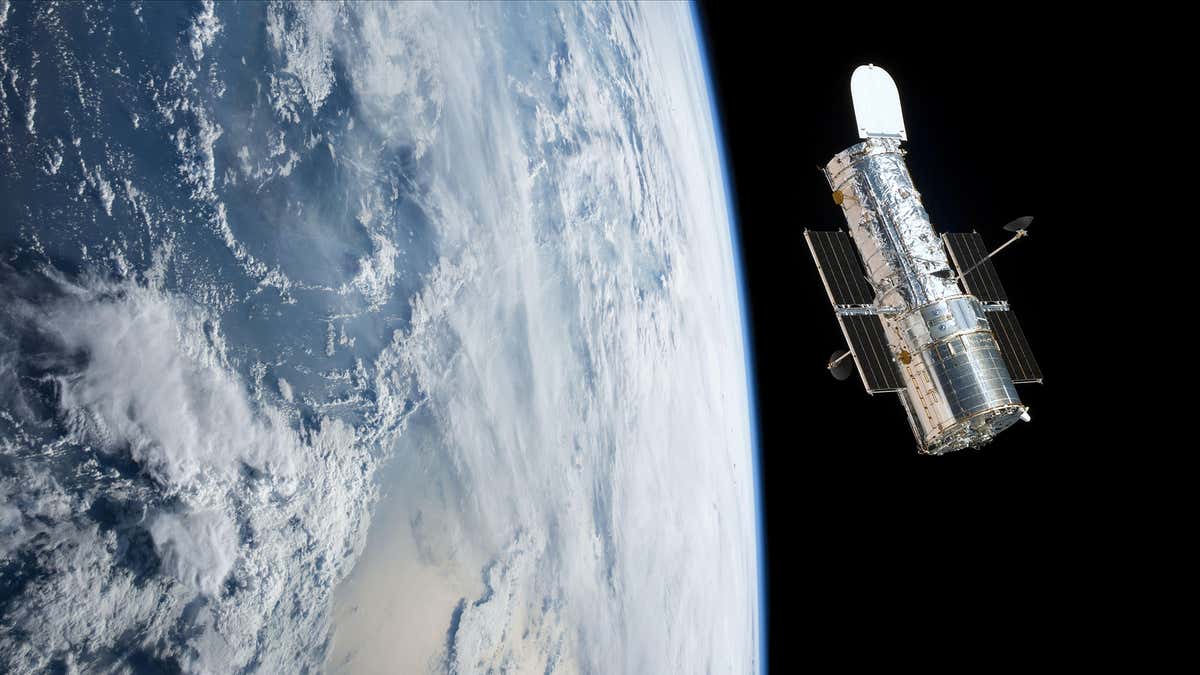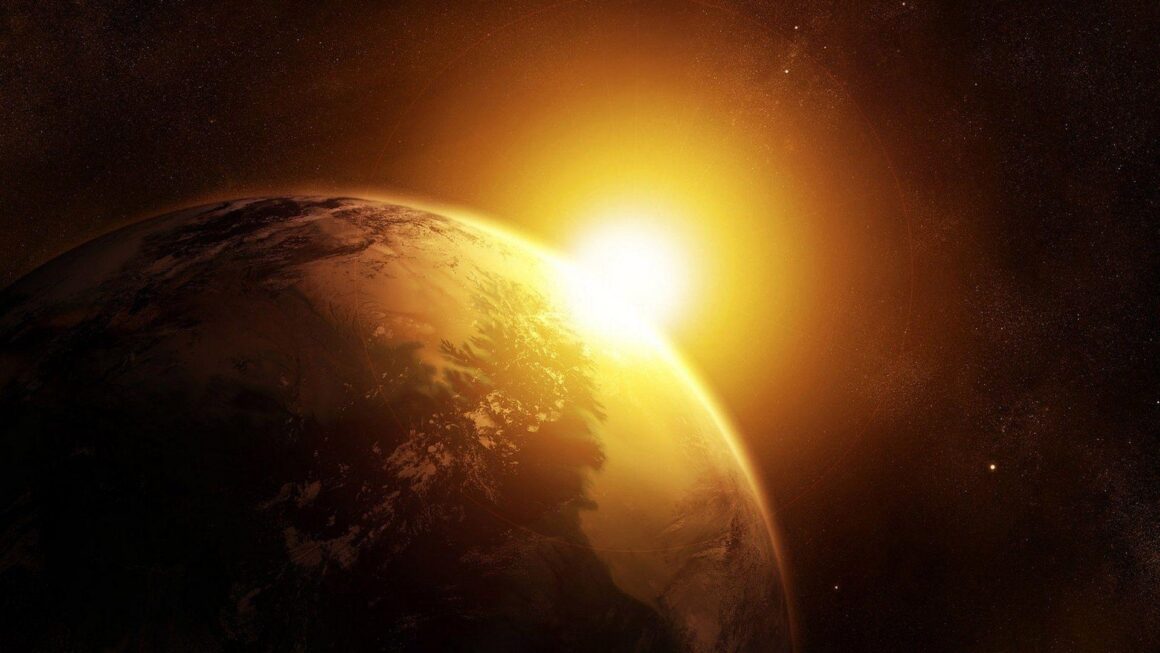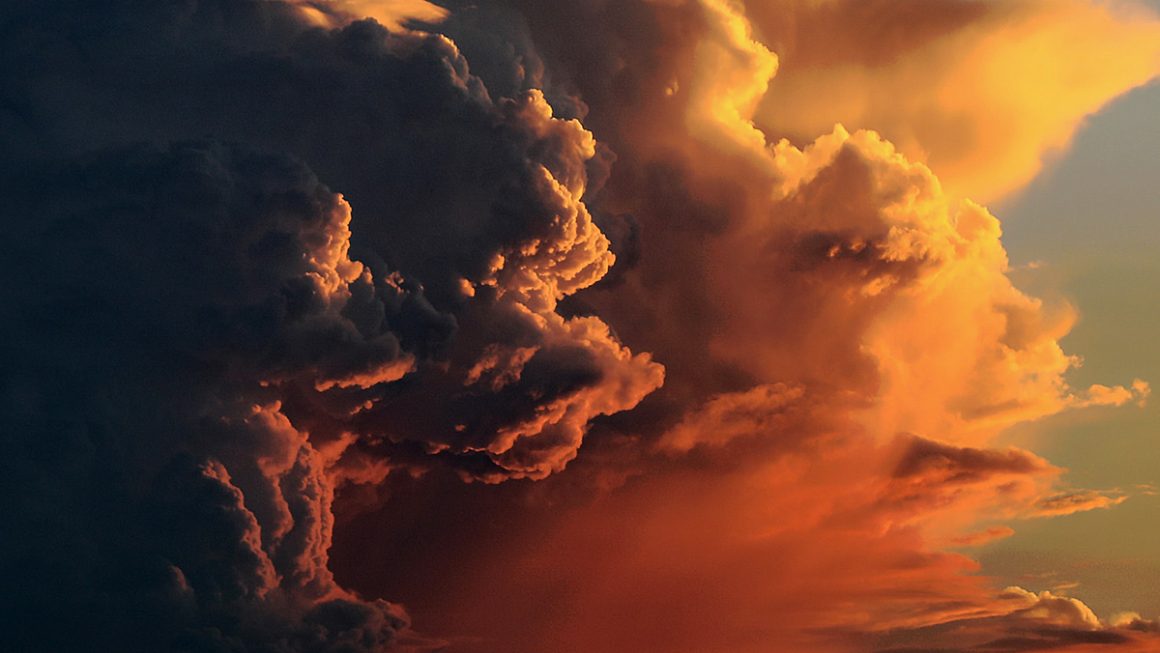On a quest to perform groundbreaking observations, and provide data for numerous more groundbreaking discoveries, the Hubble Space Telescope (HST) set out in the spring of 1990. Over 1,000,000 observations, over 18,000 papers published based on data from the HST, and 6 service missions later; the Hubble still orbits above us, its 3rd decade of service passed. The first of NASA’s “Great Observatories” series, the HST’s primary focus is on conducting observations on objects emitting light in the Ultra-Violet, Visible, and near-Infrared ranges. The Space Telescope Science Institute (STScI) selects the targets for the HST’s observations while also processes the data obtained. Meanwhile, the Goddard Space Flight Center (GSFC) is in charge of controlling the telescope.
With a position to overcome many of the effects of the Earth’s atmosphere on ground observations of the skies, the HST has contributed greatly to furthering our knowledge of the universe. A specialty here is Ultra-Violet observations; which are near impossible to make from the ground due to the Ozone layer. Dating the age of the universe and the rate at which it is expanding, mapping the known extent of dark matter, discoveries made within our solar system as well as extrasolar planets, and of course, providing the public with the most amazing views of the universe are some of the countless discoveries of the HST.
Hubble, Peering into the Nooks of Home
The radiation energy range that was observable by the Hubble Space Telescope was perfect for it to function as a meteorology station in orbit. Dust storms, atmospheric gas and wind storms, as well as polar clouds were some of these. Furthermore, the observations made of the asteroid belt beyond Mars gave us interesting sights of collisions and formations. Discovering the objects of the Kuiper belt too are some of the discoveries made by the HST when observing our solar system.

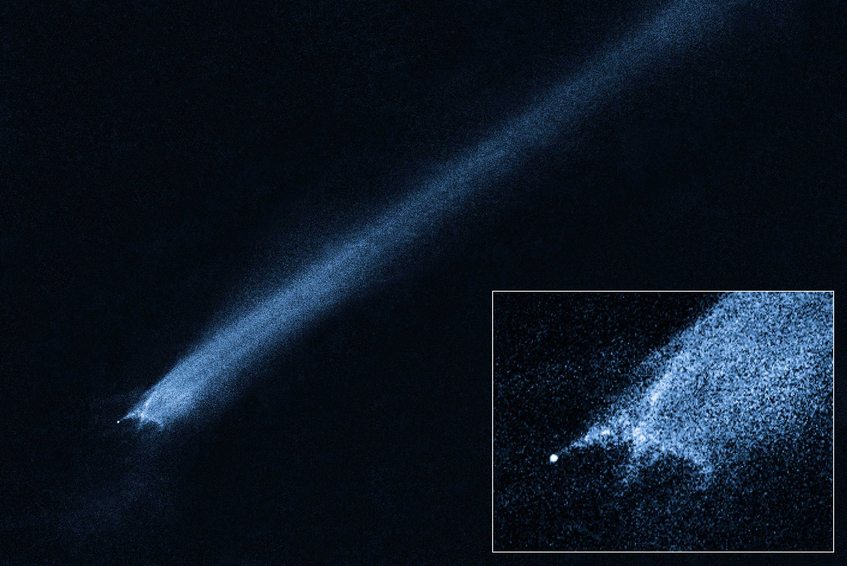
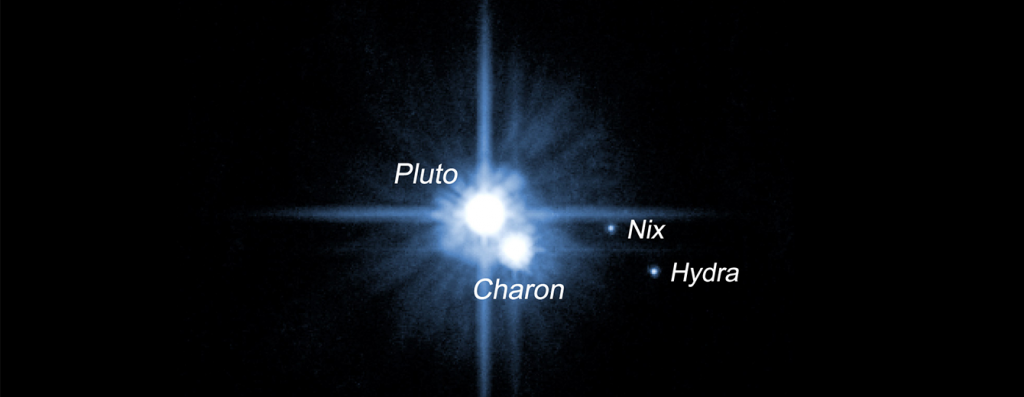
The Sci-Fi Dreams of Alien Planets: Proven!
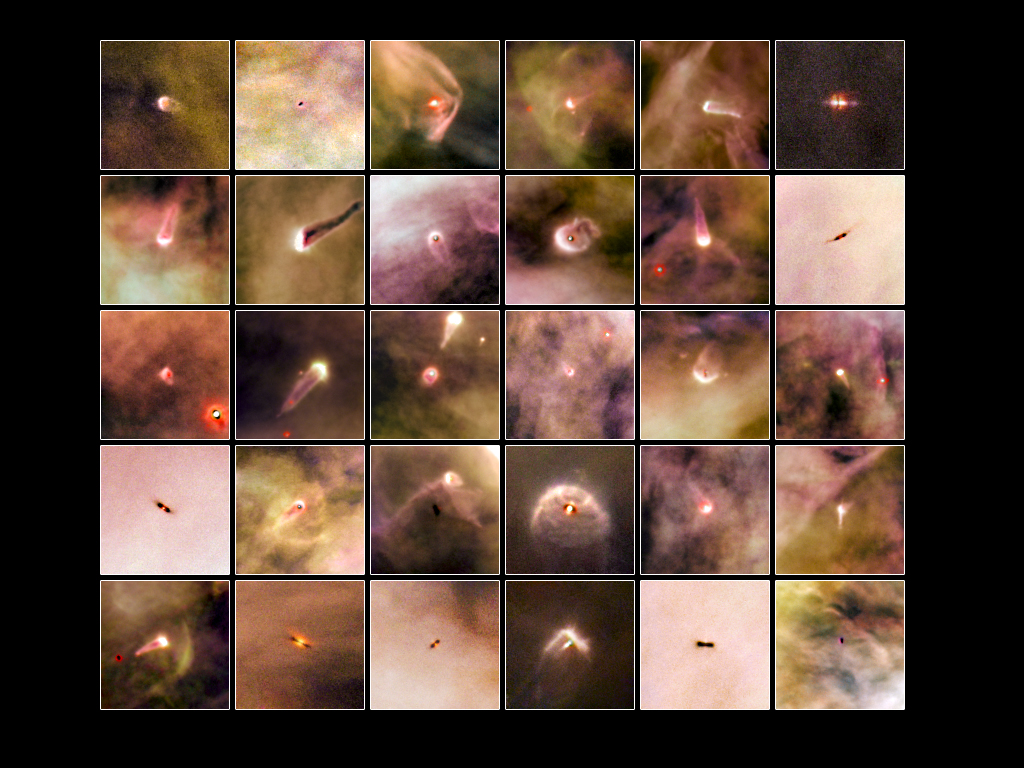
Combining billions of pixels together, the Hubble Space Telescope pieced together a composite image of the rather bright and grandiose Orion Nebula. Close analysis of the stars in this nebula paved the way for astronomers to understand how planets are formed. Protoplanetary Discs are dense clouds of dust and gas that surround relatively new stars. Observing those found in the Orion Nebula, astronomers observed “gaps” in the discs as shown in the figure below.

Using measurements obtained from the HST, we were able to determine the atmospheric composition of an extrasolar planet for the first time ever. Then on, the Hubble has come to the discovery of organic compounds in the atmospheres of distant extrasolar planets. Astronomers used the observatory to obtain the first visible-light image of an extrasolar planet, Fomalhaut b too. The HST also holds the prestige of being the first-ever to map the weather of an exoplanet.
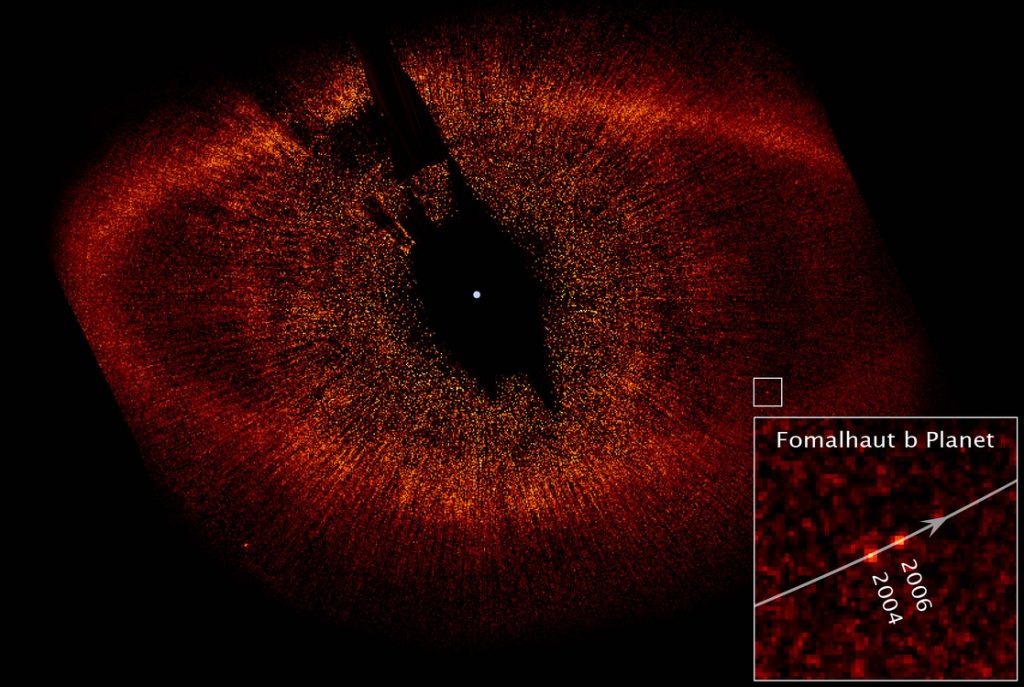
At the Center of the Giant: M87’s Shifted Clouds
A growing field with more hypotheses than concrete proof; hypotheses such that a supermassive black hole existed at the center of the galaxy Messier-87 was proved by the HST.
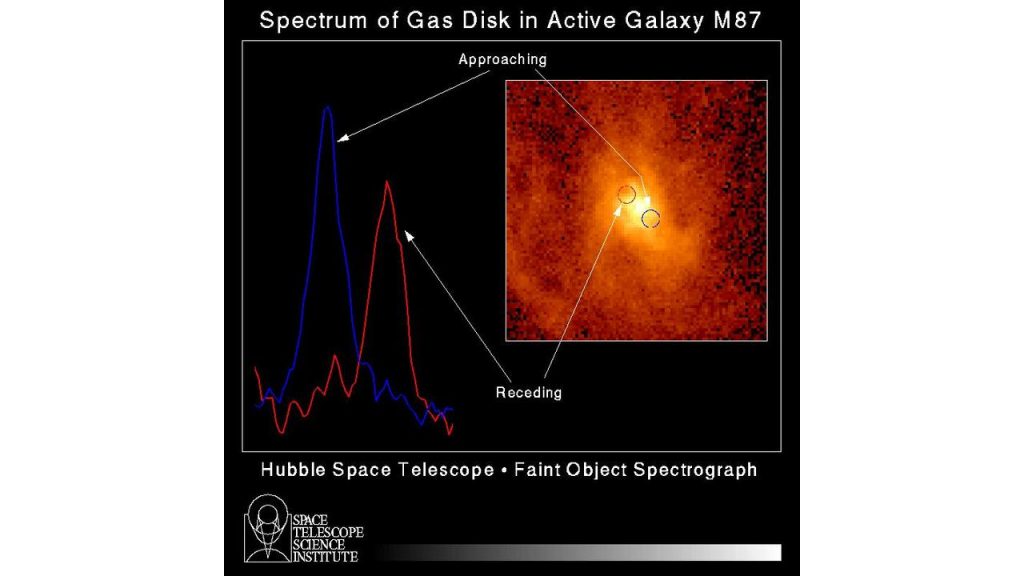
By measuring the velocities at various points in the gas disk at the center of M87, astronomers concluded that it was actually a spiral; and one that was spinning at an incredibly high rate. This phenomenon is a direct attribute to the presence of a large gravitational “sink”. The fact that the stars present in the galaxy were more densely found near the center added weight to the claim. Over the years, clearer observations have led to the calculation of the mass of this object as well, proving beyond the shadow of a doubt that a supermassive black hole occupied the center of M87.
A massive black hole is actually the conservative explanation for what we see in M87. If it’s not a black hole, it must be something even harder to understand with our present theories of astrophysics.
Dr. Richard Harms, Applied Research Corporation, Maryland.
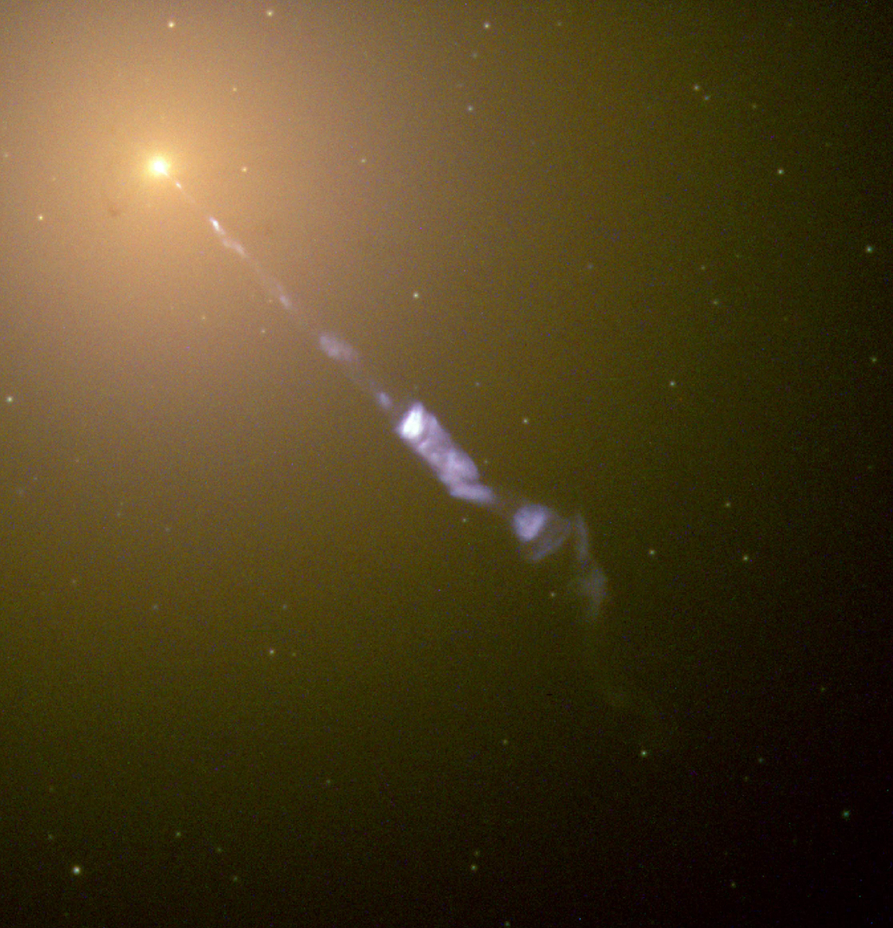
This and further observations on other galaxies provided evidence that massive black holes exist at the core of almost all galaxies; and that it was a great possibility that they formed alongside the galaxy itself. Data from the HST also showed a correspondence between the mass of a black hole, and that of the stars in the central bulge of its host galaxy.
Hubble Sets to Map the Darkness of the Universe
Soon, the Hubble Space Telescope set out on the COSMOS (Cosmic Evolution Survey) Survey; the largest all-sky survey that the observatory undertook. Scientists theorized that the universe evolved with the formation of filaments of dark matter prior to ordinary matter. These filaments clustered together and provided the mass necessary for structures to collapse, and for galaxies to form. In other words, a scaffolding for the universe to grow. In the survey, HST took the measurements of the subtle distortions of the shapes of approximately half a million galaxies.
These distortions were used to reconstruct the intervening mass distributions of dark matter between the galaxies that were situated along the line of sight of the observatory; a method we refer to as weak gravitational lensing. The result is a 3D map of the distribution of dark matter in the universe; giving proof that ordinary matter accumulated in the densest concentrations of dark matter.
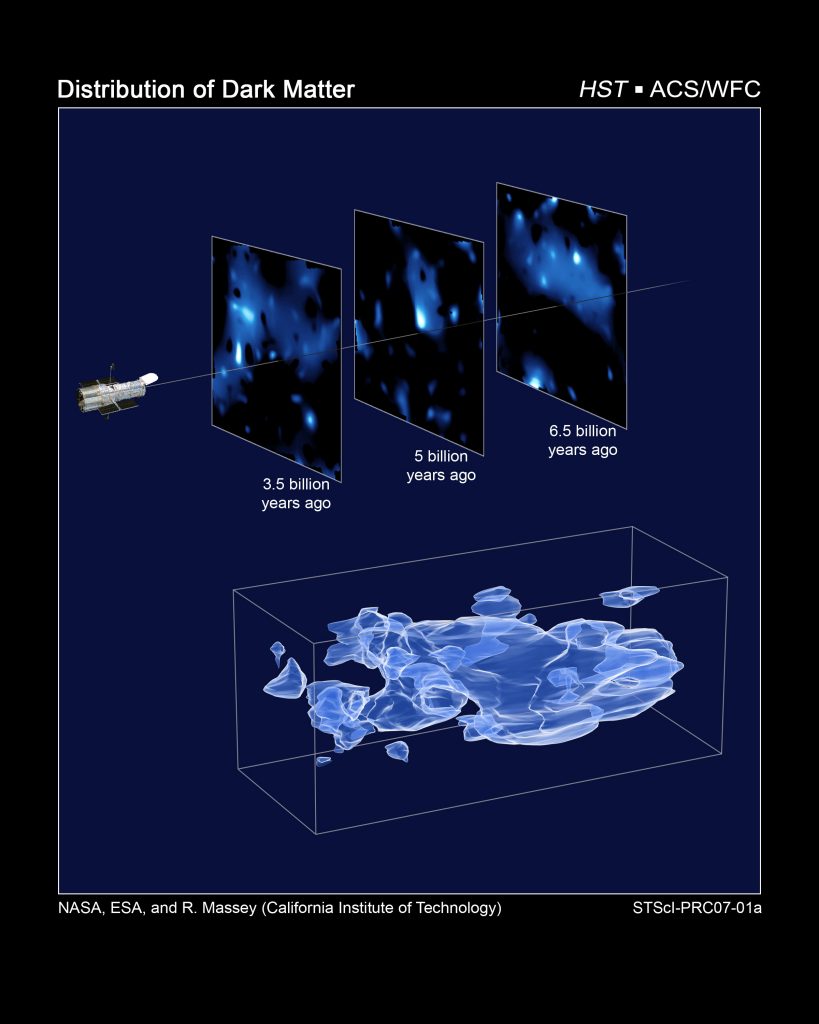
Hubble’s View: The Jaw-dropping Splendor of Our Universe
Apart from making groundbreaking discoveries, the Hubble Space Telescope is also responsible for some of the most awe-inspiring images of celestial objects. Released from time to time through their website as well as on social media platforms, releases on the anniversary of the launch of the HST are very awaited. Here are some of the most iconic images by the observatory.
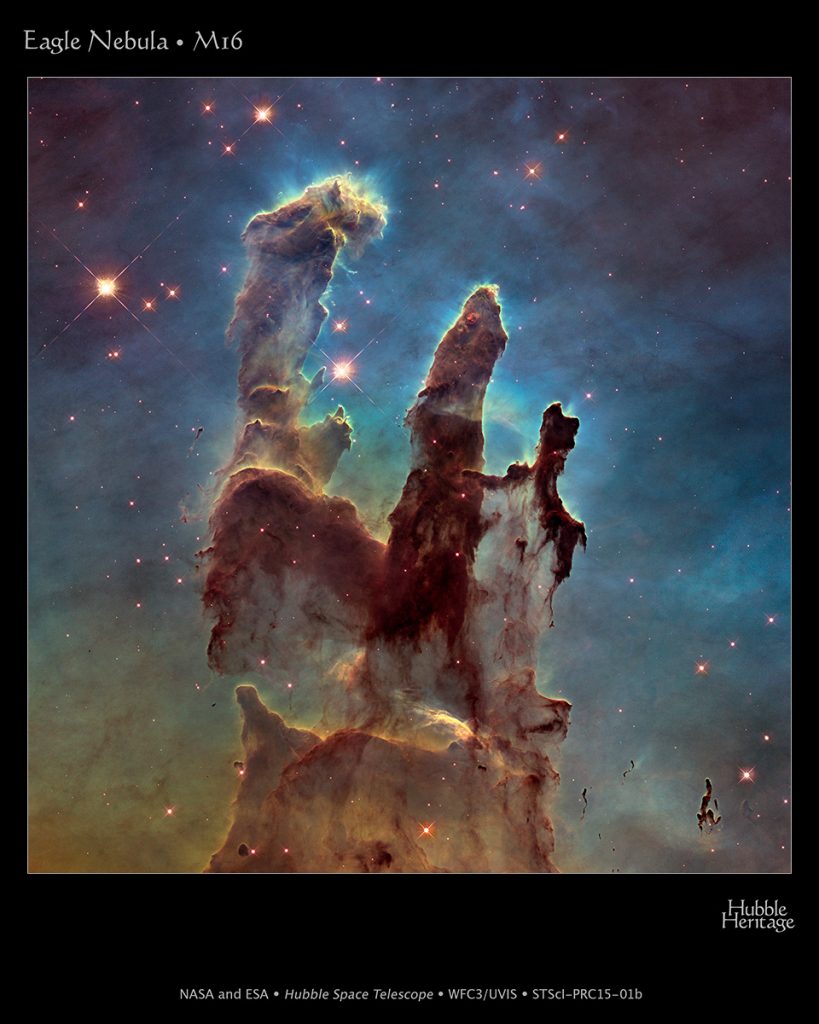
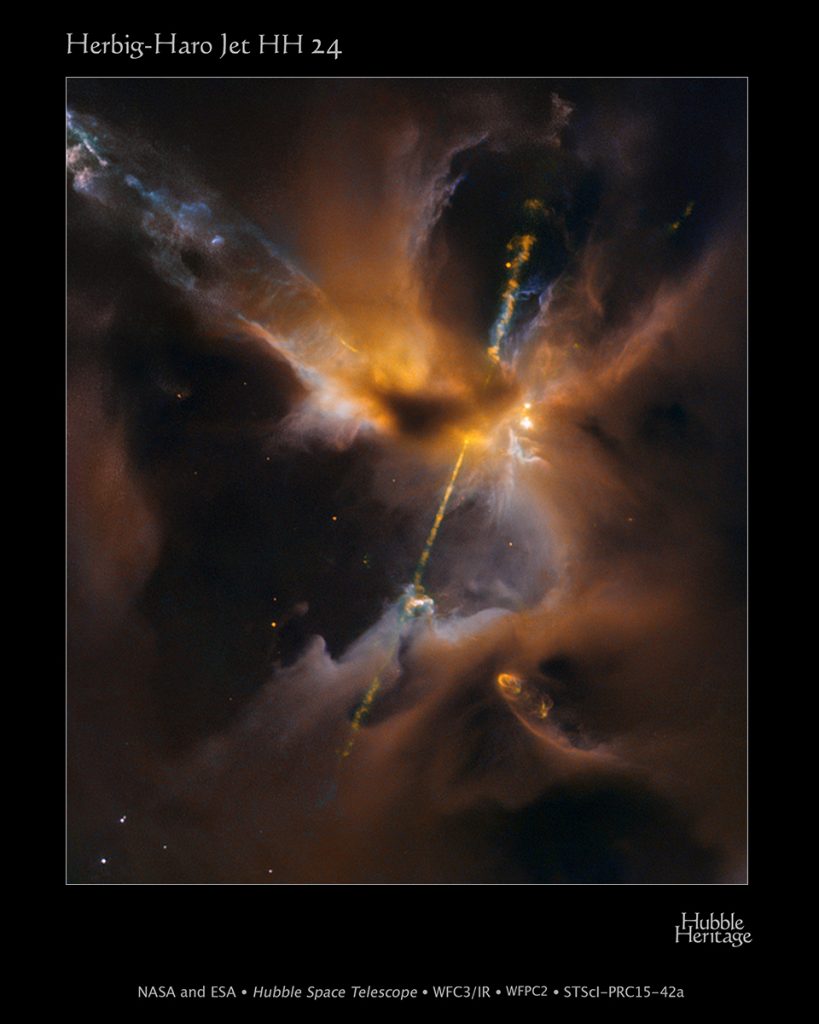
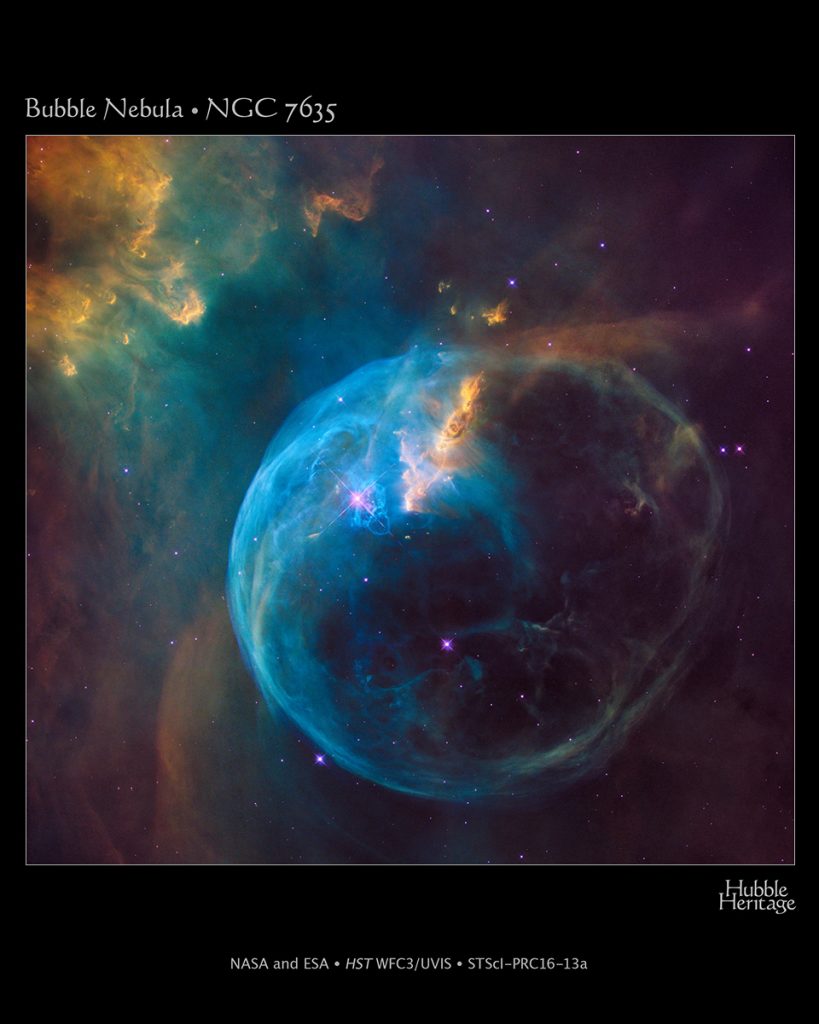
With many a year ahead of its lifespan, the Hubble Space Telescope aims to pair up with other observatories that are to be launched in the future. Looking at the many discoveries made and images captured is both inspirational and humbling. For more, you can visit the website of the Hubble Space Telescope or check out the resources provided as e-books too!
References
01. https://www.rmg.co.uk/stories/topics/what-has-hubble-space-telescope-discovered
02. https://hubblesite.org/science/solar-system
03. https://www.nasa.gov/content/discoveries-highlights-tracking-evolution-in-the-asteroid-belt
04. https://hubblesite.org/contents/news-releases/2006/news-2006-29.html
05. https://www.esa.int/ESA_Multimedia/Images/2009/12/Orion_Nebula_proplyd_atlas
06. https://www.nasa.gov/content/discoveries-highlights-finding-planetary-construction-zones
07. https://www.nasa.gov/content/discoveries-highlights-recognizing-worlds-beyond-our-sun
08. https://hubblesite.org/contents/news-releases/1994/news-1994-23.html
09. https://www.nasa.gov/content/discoveries-highlights-realizing-monster-black-holes-are-everywhere
10. https://hubblesite.org/contents/media/images/2007/01/2026-Image.html?news=true
Image Courtesies
01. Featured Image: https://bit.ly/2VhyUv2
02. Figure 01: https://go.nasa.gov/3jHKitm
03. Figure 02: https://go.nasa.gov/2WQGgpE
04. Figure 03: https://bit.ly/3BJrbFM
05. Figure 04: https://bit.ly/3h1rR1h
06. Figure 05: https://go.nasa.gov/3jHFtjH
07. Figure 06: https://go.nasa.gov/2YlKPZL
08. Figure 07: https://bit.ly/3jFaBAy
09. Figure 08: https://go.nasa.gov/3zJBsRu
10. Figure 09: https://bit.ly/3BVBzdF
11. Figure 10: https://bit.ly/3h1D2qO
12. Figure 11: https://bit.ly/3kTiQZ7
13. Figure 12: https://bit.ly/3h0HRAq

